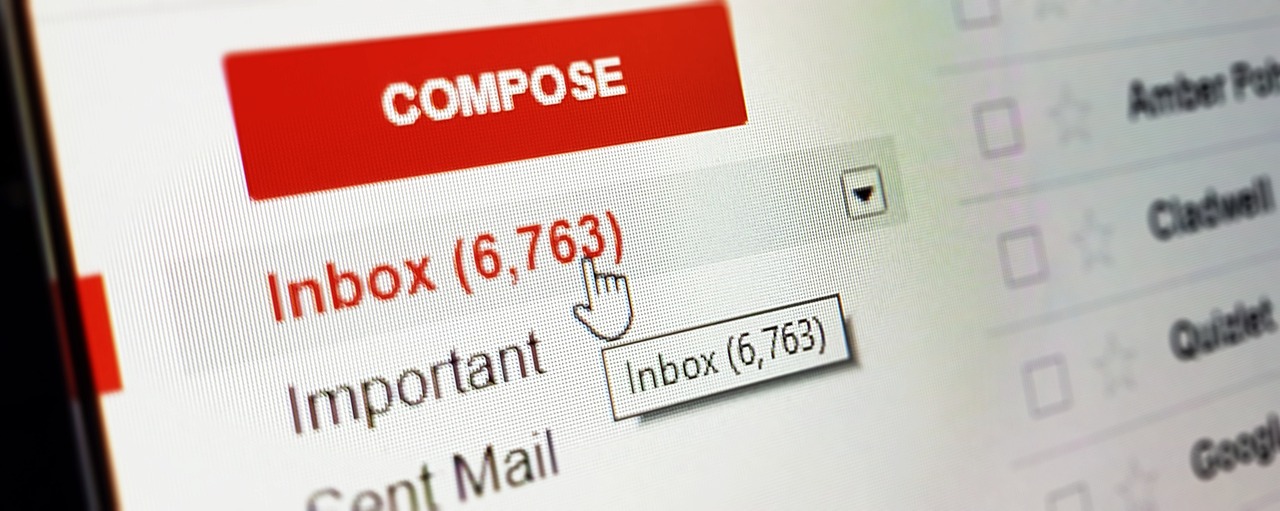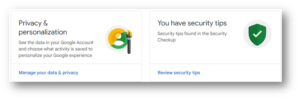
Google’s Security Measures: Deleting Inactive Accounts for Maximum Protection
The Countdown Begins: Google’s Inactive-Account Policy Takes Effect
If you’ve got a Google account sitting idle for a while, it’s time to give it some attention. In a recent announcement, Google unveiled its updated inactive-account policy, set to roll out this week. If your account hasn’t been in action for at least two years, it could be on the chopping block, erased in a phased approach starting this December 1, 2023.
Why Google Is Deleting Inactive Accounts
So, why is Google deleting inactive accounts? The tech giant cites security concerns as the primary driver behind this move. Dormant accounts are more susceptible to compromise, often having outdated passwords, lacking two-factor authentication, and receiving fewer security checks. Google wants to mitigate the risk of these forgotten or unattended accounts being hijacked for spam, malicious content, or even identity theft.
Proactive Measures: How to Prevent Account Deletion
To prevent your account from being deleted, it’s as simple as signing in at least once every two years. But for those looking to dive deeper into preserving their data, here’s a breakdown of what you need to know:
- Stay Active to Stay Secure
- Regularly signing in is the easiest way to keep your Google account active and safeguard it from deletion. This includes engaging in activities such as sending or scrolling through emails, using Google search, and watching YouTube videos – all while singed into your Google account.
- Google Photos
- If you’re using Google Photos, be aware that your pictures might be on the line too. Open the application periodically to avoid potential deletion of photos after two years of inactivity.

Exceptions to the Rule
The inactive-account policy applies only to personal Google accounts that have been dormant for two years or more. Accounts associated with organizations, such as schools or companies, are exempt from this update. Additionally, accounts managing active minor accounts, those with a gift card balance, and those used for ongoing Google product, app, or subscription purchases are also safe.
Update Your Recovery Email: A Key Communication Hub
Remember to update your recovery email, as it plays a crucial role in receiving notifications about inactive accounts and other communications from Google. While this policy aims to enhance security, Google assures users that accounts with YouTube videos are not currently on the deletion list.
PivIT Strategies Take
In the ever-evolving landscape of cybersecurity, Google’s proactive stance on deleting inactive accounts marks a step forward. While this move doesn’t completely address the prevalent challenge of corporations with inactive Google accounts for former employees, it signifies progress in the right direction. Read our blog here to learn if your Gmail account has already been hacked.
